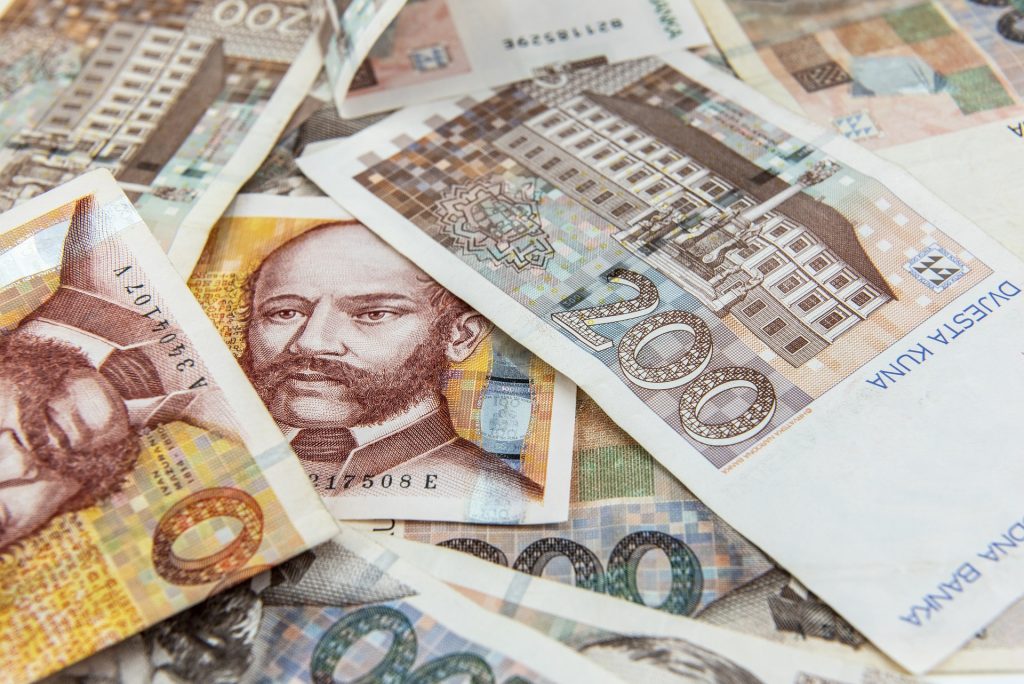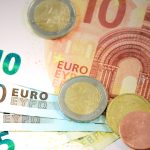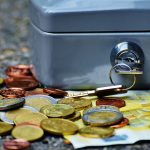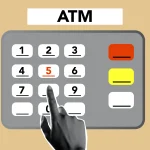As 24Sata writes, in order not to further pollute the environment by burning banknotes that contain colouring, they will not be burned but shredded into pieces smaller than a millimeter. They will then be used as insulation in public construction works. After 28 years, which is how long the Croatian kuna has served in Croatia, it will be concreted into the country’s history, literally.
“When it’s replaced with the euro, there will be the same amount of money in circulation as when the kuna was around. So, for example, the number of 100 Croatian kuna banknotes will be replaced by a proportional number of 10 and 20 euro banknotes”, explains Tihomir Mavricek, the executive director of the cash sector of the CNB for Hina.
Fun fact, the Croatian kuna proved to be a fairly safe banknote that was not often counterfeited, as confirmed by the CNB. They explain that 200 kuna denominations were the most counterfeited, about a hundred per year. For example, in 2019, 506 banknotes were counterfeited, 157 in 2020, and 198 in 2021. For comparison, 4,280 euro banknotes were counterfeited in 2019, 237 in 2020, and 228 in 2021. Counterfeit money directly damages the person who receives such a note.
The withdrawal of kuna surpluses began in September. Around that period after each tourist season, surplus kuna is usually withdrawn into the vaults. The amount has increased this year. The kuna will be withdrawn gradually, banknotes can be changed indefinitely, and coins for three years. The CNB clarified that they know how much money they will print and mint each year. The cash cycle of money in the CNB starts from planning the needs for banknotes and coins for the following year. It depends on many factors, such as inflation, expected growth rates, etc.
Then the CNB orders money from printing shops and places where kuna and lipa are minted. From the CNB vault, it is shipped by trucks accompanied by special agents to eight cash centres in Croatia. Banks are supplied with cash from these centres, planning their needs daily depending on client announcements and the needs of the ATM network. Over the past 11 years, the amount of money in circulation has doubled and reached a level between HRK 41 and 42 billion. Mavricek says this was influenced by the increase in the standard and accumulated inflation. In recent months, businesses and citizens have had around HRK 30 billion in circulation. It will all become insulation.
For more, make sure to check out our dedicated Lifestyle section.











